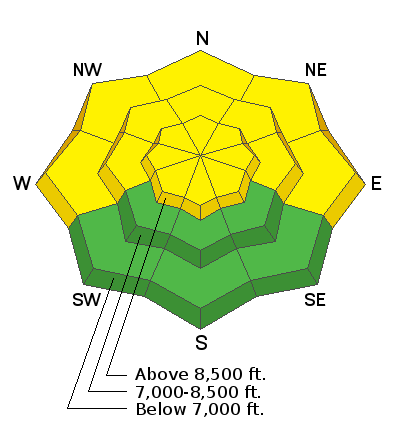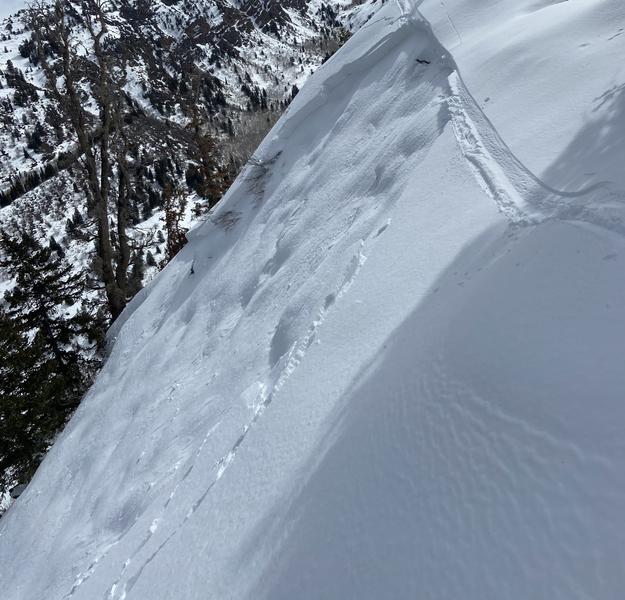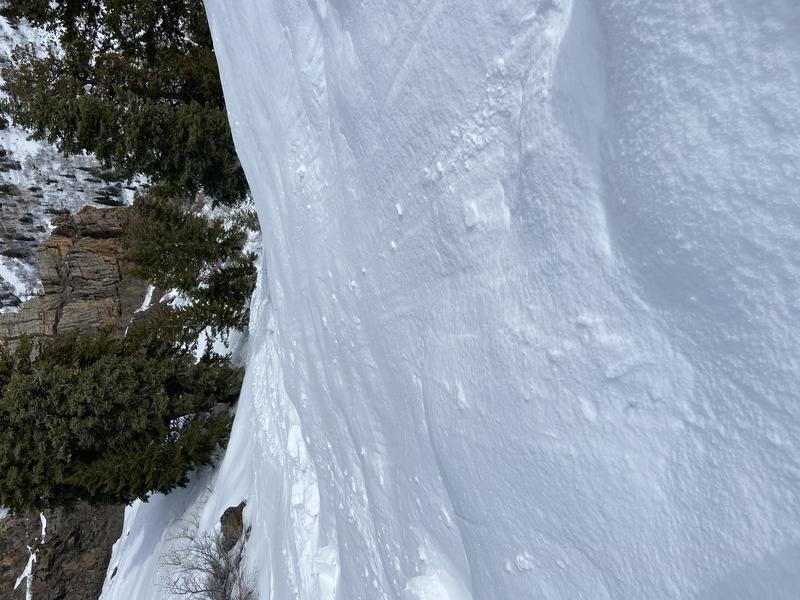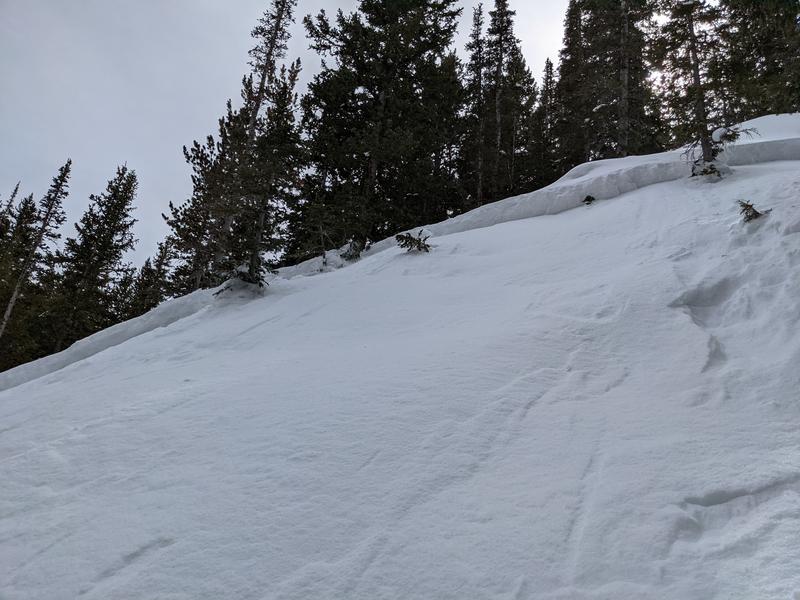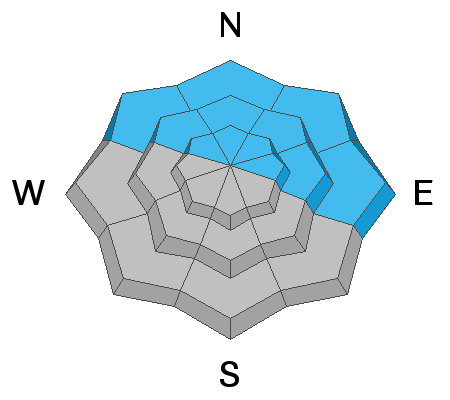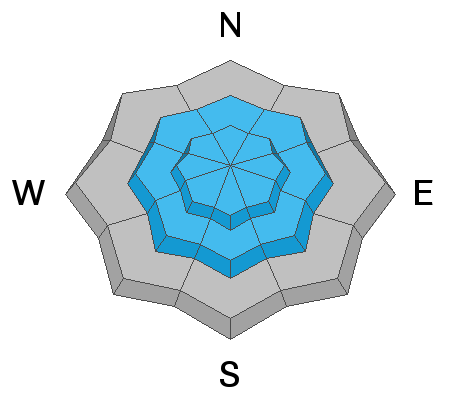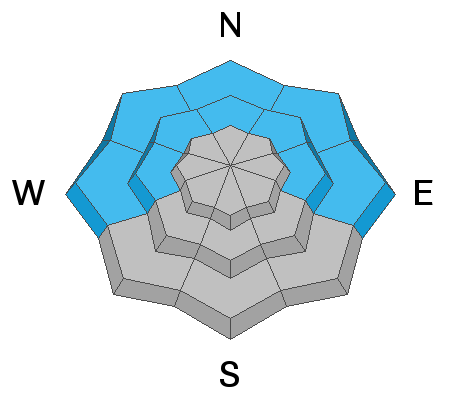A new piece called "
A Reckoning " talks about the recent string of human-triggered avalanches. If you missed the essay Deus Ex Machina, published just at the onset of close calls and accidents, you'll find it
HERE>
Please help support avalanche forecasting throughout Utah.
Donate to the Spring Campaign to help raise the funds to support the forecasting you rely on.
spring's cherry blossoms
welcome snow, a splitting storm
winter has life yet
Happy 1st Day of Spring.
Skies are overcast. Winds are 15-20mph from the south. Temperatures remain mild ahead of the cold front with temps in the upper 20s to mid-30s.
The front should arrive mid-morning with a good burst of snowfall. We may see 2-5" by evening.
Temperatures will rapidly fall to the teens post-frontal; winds will veer northwesterly, be gusty during frontal passage, but then blow 15-20mph along the higher ridgelines.
We stay under a cool northwest flow for early week with a ridge building for mid-late week. Mountain temperatures rise again to well above freezing by Thursday.
Something of interest for next weekend; we'll see.
Travel is easy with excellent coverage, particularly in southern end of the Ogden zone. The lower elevations have burned off on many southerly aspects while the lower elevation northerlies are damp and isothermal and in some cases unsupportable.
We haven't heard of any activity recently in the Ogden area mountains, but the snowpack is similar to the central Wasatch, particularly as you work south along the skyline. A few examples of activity in the central Wasatch below.
- A skier remotely triggered an 18" deep and 30' wide pocket on a steep northeast facing slope at 8200' in the Eeny-Meenies of Mill B South.
- A snowboarder triggered, and was caught and briefly carried in an 18" deep and 80' wide avalanche in Cardiff Fork of BCC. Northeast facing at 9000'. Exact location is unknown at this time, but it looked to be a small opening in an otherwise forested area.
- We did get a second hand report of a "recent" skier triggered avalanche on the northern flank of Mt Aire. Estimated elevation is 7800'.
Saturday's three avalanches continue to fit the pattern: tricky and "unmanageable" soft slab avalanches failing on the Jan/Feb drought PWL layer of weak sugary facets...and more prominently noted in north to northeast facing mid-elevation protected terrain.
crown of avalanche in Mill B South 18" deep 30' wide. small, but big enough to carry you into trees below
crown of avalanche in Cardiff Fork, 18" deep and 80' wide
"Was caught, slid 20 feet but managed to get a hold of a branch and hang on. The slide ran for approximately 200 ft through the timber.
Takeaways: Any momentary lapse in judgement is unacceptable. Just because I enjoyed skiing similar aspect and slope angle 1500 vert higher doesn't mean I should lower my guard. Lastly, just because I made a small ski cut where I thought it would go and didn't get any signs of instability, doesn't mean it won't slide two turns down."
Find all the observations
HERE.
Greg Gagne's Week in Review is published and can be found
HERE.

